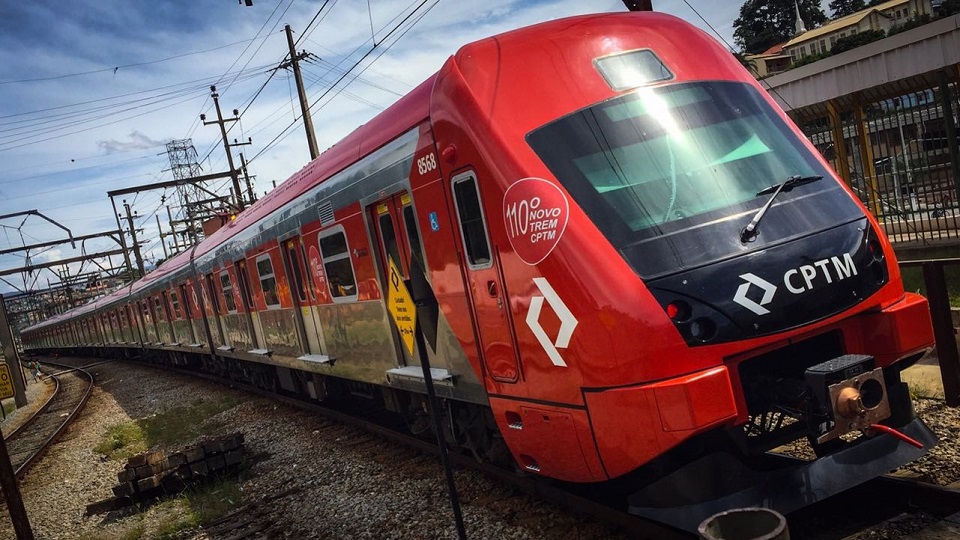Publications
Filter by
617 results found
This paper provides reflections and considerations as to how MDBs including the IDB can use the Project Preparation Facilities (PPFs) to help countries fill the infrastructure gap by improving the quality of projects, reducing and mitigating risks, and leveraging private financing.

The Navigator – a web-based platform – helps project teams, public authorities and financiers to find the right sustainable infrastructure tool from amongst 50+ rating systems, high-level principles and guidelines.

The Infrastructure and Projects Authority (IPA) is developing a new top-down benchmarking methodology, which will be used to encourage better and more consistent benchmarking across infrastructure projects among both government departments and client organisations.

This PPIAF-funded report aims to discuss and disseminate information on how Islamic finance has been applied in infrastructure projects through PPP schemes, what the structural challenges and solutions are, and what can be done to deepen and maximise the use of Islamic finance for this purpose.

This handbook synthesises and disseminates knowledge to inform the planning, implementation, and operations of urban rail projects.


The PPP Contract Management Tool provides public sector officials with practical guidance and case studies, so that those responsible for managing contracts after financial close are better able to ensure project objectives and value for money.


ndustry 4.0 can be characterized by the integration of autonomous robots and machinery and other smart technologies. It is a move toward smart technology in manufacturing with a focus on connectivity.



For this year’s edition, we reached out to more than 10,000 people in 10 major global cities to ask about their everyday experiences with infrastructure services. How satisfied and safe do they feel with their roads and bridges, rail services and utilities? How engaged are they in the decision-making processes for new projects that can improve lifestyles and drive new economic growth?


This publication discusses how the Central Asia Regional Economic Cooperation Program (CAREC) can enhance trade by addressing key challenges, including poor market access, limited economic diversification, and weak institutions for trade.





A practical guide for governments, informed by a country-lens review of leading practices


The goal of this paper is to estimate the additional annual spending required for meaningful progress on the SDGs in these areas. Our estimates refer to additional spending in 2030, relative to a baseline of current spending to GDP in these sectors.


The reference tool on Governmental Processes Facilitating Infrastructure Project Preparation closely examines the relationships between countries institutional arrangements for project preparation, funding programs, project identification, feasibility studies and project structuring, through the lens of country-level governance and implementation. This initiative closely aligns with the G20 Principles for Project Preparation endorsed by the G20 Leaders in November 2018.


This study is a comprehensive, empirical analysis of the linkages between governance, institutions, and regional infrastructure.

This paper looks to determine the factors for the successful implementation of transit-oriented development (TOD) in Asian cities

This paper shows in terms of policy flow and implications, how Indian railways has been unwavering in providing sustenance for economic growth.

This paper investigates the relationship between high-speed rail (HSR) and agglomeration economy in the scope of specialization and diversity.

We introduce and apply the concept of spillover effects to high-speed rail (HSR) development to formulate the economic impact on increasing the regional tax revenue.

This paper discusses the approaches that analyze the way in which new transport infrastructure may lead to the restructuring and rebalancing of local and regional economies through structural change and the relocation of activities.

The Asian Journal Special Issue on High-Speed Rail (HSR) Services in Asia provides an overview of the impacts of HSR infrastructure in Asia and explains how investment in HSR brings significant socio-economic changes.



 AECOM
AECOM

